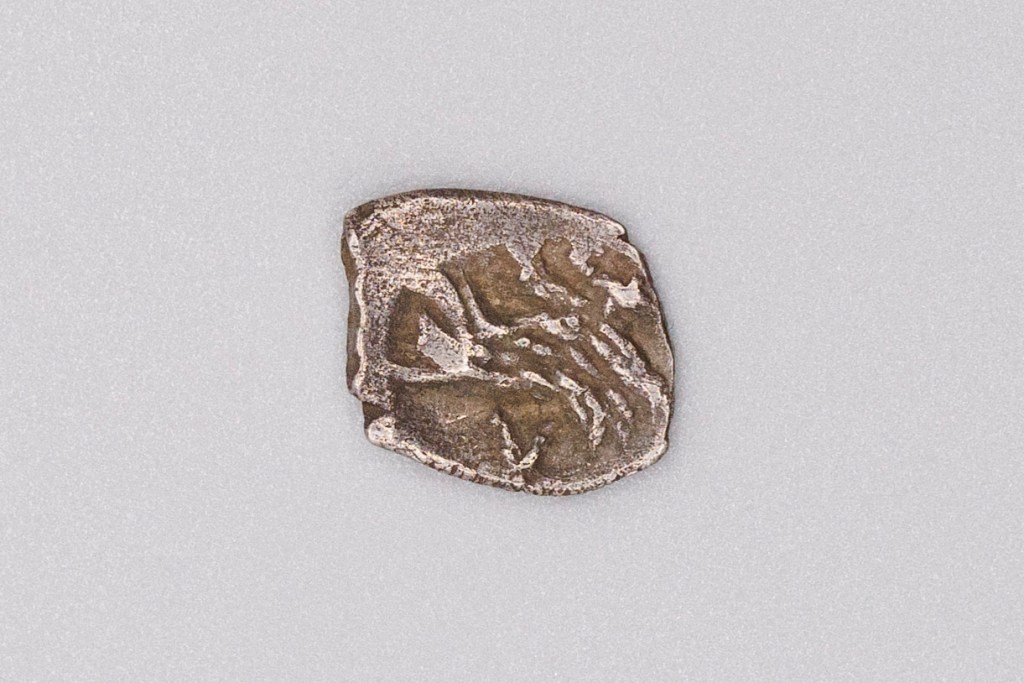Introduction
This article will briefly cover the ancient Greek coin we know as the Obol, including its use in funerals, Silver obols, and collecting Obols.
Ancient Greek Obol
The Obol is one of the oldest forms of coins minted in the ancient world. Historians seem to agree they were most likely originally made out of copper or bronze and traded based on the weight of the metal. They were shaped as long sticks and were often called “spits.” During this time, six of these obols(spits) were equal to one Drachma.
This standard would be kept consistent once Obols began being minted as coins. Around 700 BCE to 500 BCE, Cities started switching over to proper coinage made of gold, silver, or electrum. After this occurred, silver Obols became one of the most popular coins throughout ancient Greece.
The Silver Obol
Eventually, They were minted exclusively as coins made out of silver. The average weight was around 0.72 grams, although the purity of silver would change according to where they were minted. They were also produced in different sizes based on their weight.
Some examples include the Diobol (worth two Obols), Triobol (worth three Obols), and fractional versions such as the Hemiobol (worth half an Obol). Many other versions were minted, giving the average collector a great number of options for their collection.

Charon’s Obol
In ancient Greece and Hellenistic culture, an obol was often placed in the mouth of a deceased person before being cremated or buried based on the funeral tradition used. This tradition was called Charon’s Obol. This funeral practice was done so that the deceased could either pay or bribe the ferryman of the ancient Greek underworld.
Greek Myths and the underworld were important concepts and stories to the average ancient Greek citizen. This made the practice of putting a coin in the mouth of the deceased very common. Even today, many archaeological graves are found with the coin still in the mouth of the deceased.
Collecting Obols
Obols are one of the oldest types of coins someone can collect. You’re able to find them across the ancient Greek world. Each Obol has unique imagery stamped onto them in order to determine where they were minted. The wide selection from a variety of cities allows collectors to make their collections unique and historically quite interesting.
One should also check the other Greek areas of the ancient world that are often forgotten, such as Magna Graecia. Magna Graecia has some beautiful coins that would improve any ancient Greek coin collection. One fun way to start your collection is by buying a map of ancient Greece and trying to collect as many obols from as many cities as possible.
Ancient Greek Coins
Ancient Greek coins are always sought after by collectors. Obols are often a more affordable option when compared to some of the other ancient Greek coins available. Below is a link to all of the Ancient Greek Silver Coins we currently have in stock.


Greek Silver Coins
These are all of the Non-Certified and Certified Greek silver coins we currently have for sale.


One thought on “Obol: The Ancient Funeral Coin”
Comments are closed.